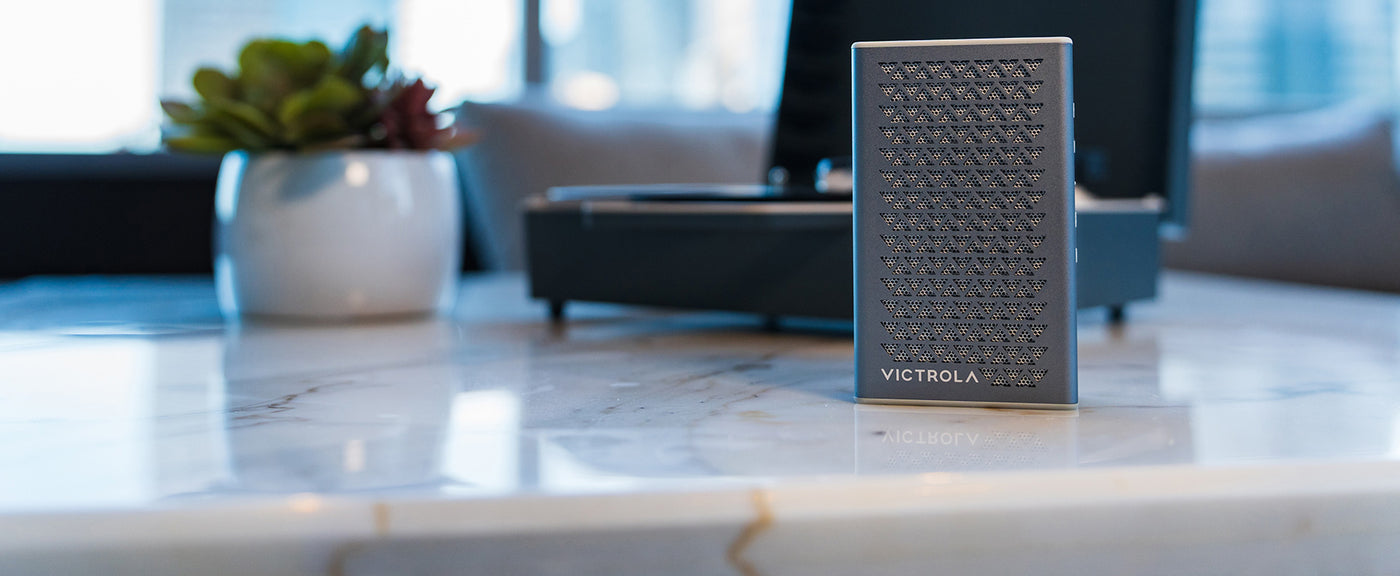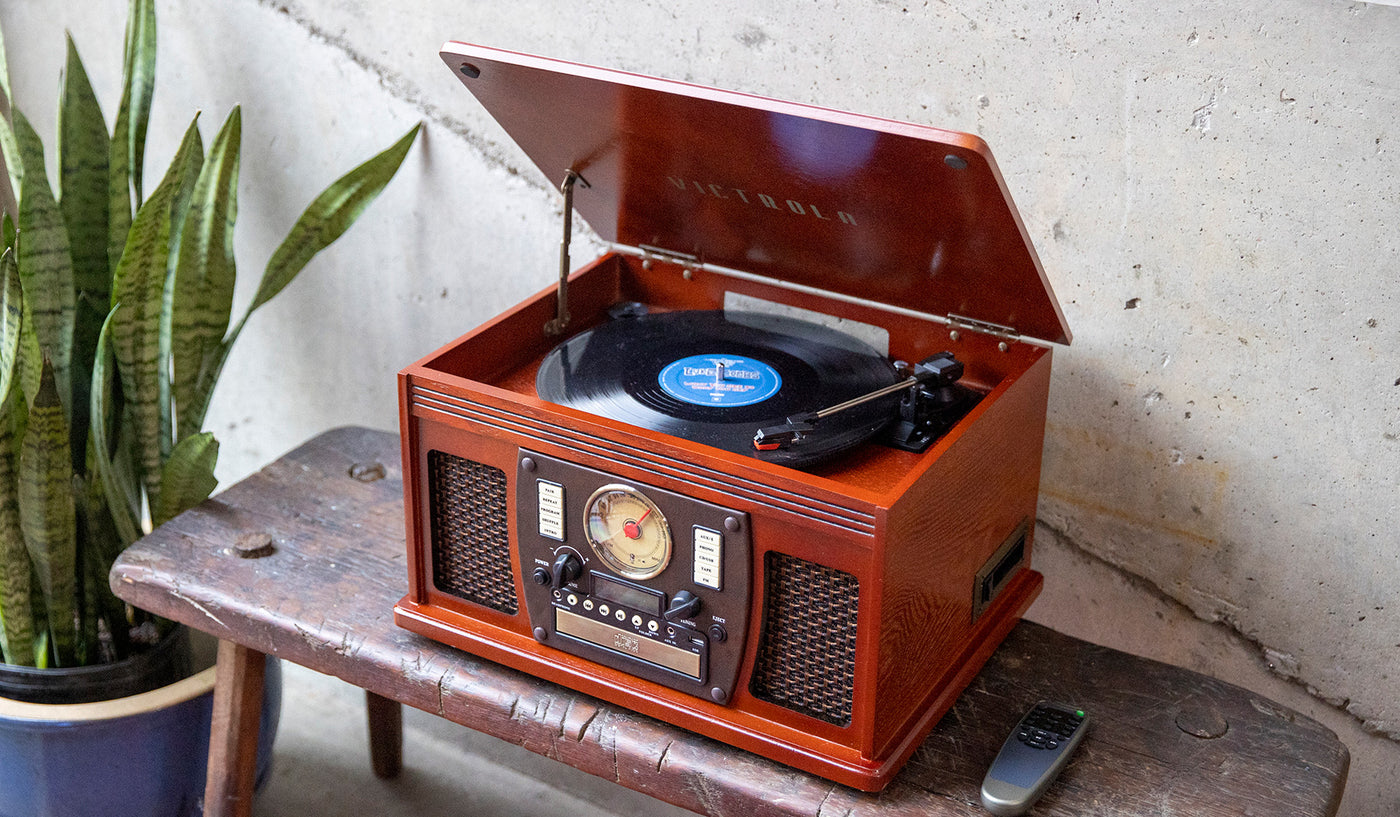Understanding Victor Brake Designs And Soundboxes

Victrolas went through a number of varying brake designs and soundboxes. From the earliest models to the new Orthophonic Victrolas, there were at least four iterations of brake designs that were made.
Meanwhile, soundboxes came in 5 various iterations starting from the period of 1906 until 1925 when Victor released its Electrola models. These soundboxes were sold in either gold or nickel plate finishes. Most models are also interchangeable.
Brake Designs
The following are the brake designs that were deployed by Victor:
- Bullet Brake
Seen in the earliest models of Victrolas, this external design type was used to stop the turntable and is said to appear identical to the same system employed by the external horn Victor machines.
- Tab Brake
Victrolas with the tab brake design had the leather “stop” placed inside the turntable rim which makes it appear invisible from the view of the operator.
- Semi-Automatic Brake
Launched in 1913, this design allowed the user to preset the shutoff point manually when the record comes to an end, By doing so, it allows the brake to be engaged by the tonearm extension rod at the end of playback.
- Fully Automatic Brake
Found in the new Orthophonic Victrolas in 1925, the advanced system of Fully Automatic Brake required no user settings as it relies solely on the record’s eccentric end groove in order to trigger the brake.
Soundboxes
Most customers would opt for purchasing later version of soundboxes which they initially intended for use on older phonograph models. This is because the latter designs displayed enhanced sound reproduction. Interestingly, the so-called “updating” of soundboxes seemed to be encouraged by Victor dealers. As a result, it is common to see an early model of Victor that comes installed with a later-vintage soundbox.
The following are the various designs for the soundbox that were launched:
- Exhibition Soundbox
From 1906 up to January 1918, all Victrola models used the Exhibition Soundbox design. This design is usually identified by the script found on the side of the soundbox. It is also smaller in diameter as compared to the No.2 design.
- No. 2 Soundbox
The larger No.2 Soundbox was introduced on certain Victrola models (XIV, XVI, and XVII) in the latter part of 1917. This design had a “fatter” tone arm and came in either gold or nickel plate.
- Orthophonic Soundbox
This soundbox iteration had a distinct appearance. It comes with a thin aluminum diaphragm which replaced the earlier mica design. Earlier versions had brass housings while later versions came in pot-metal which tends to crack with age. The available finishes for this design were antique brass, nickel or gold.
- Magnetic Soundbox
Introduced in 1925 on Victor’s Electrola models, the Magnetic Soundbox used a coil and magnet system in translating the record vibrations into the amplifiers’ electrical signals.







































